- +033 2572 7171
- info@dhanvantary.com

4.5 Rating | 4500 Review

4.5 Rating | 4500 Review
A cerebral stroke, commonly known simply as a stroke, occurs when blood flow to a part of the brain is interrupted or reduced, depriving brain tissue of essential oxygen and nutrients. Without prompt treatment, brain cells begin to die, leading to potential loss of function in the affected area. Strokes can lead to significant and sometimes permanent disability, and in severe cases, can be fatal.
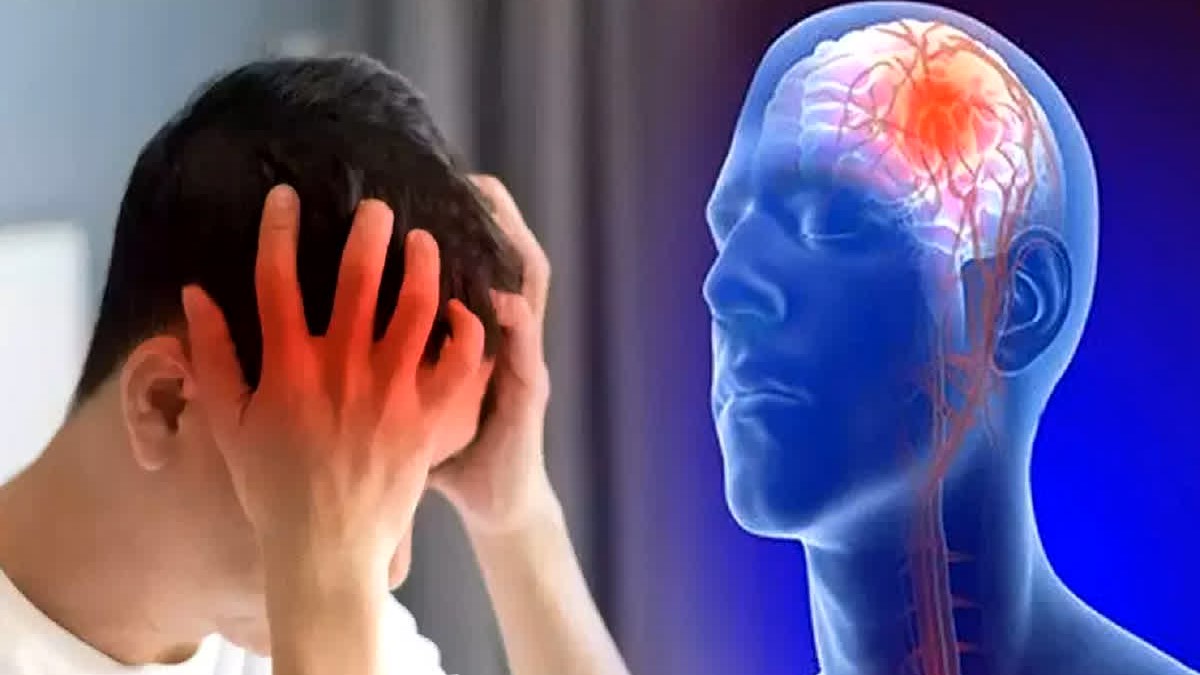
Caused by a blood clot or blockage in a blood vessel supplying the brain. This is the most common type, accounting for about 87% of strokes.
Occurs when a blood vessel in the brain ruptures, leading to bleeding. This can be caused by conditions such as high blood pressure, aneurysms, or arteriovenous malformations.
Often called a “mini-stroke,” a TIA is a temporary interruption in blood flow to the brain. Symptoms usually last for a short period and resolve, but it serves as a warning for potential future strokes.
In ischemic strokes, blood clots are the most common cause. Clots can form in the arteries supplying the brain, often due to plaque buildup (atherosclerosis).
Blood clots or other particles formed elsewhere in the body (often in the heart) can travel to the brain, blocking blood flow (embolism).
In haemorrhagic strokes, blood vessels can rupture due to high blood pressure, aneurysms, or trauma, leading to bleeding in or around the brain.
Stroke diagnosis involves rapid assessment and imaging to identify the type and location of the stroke. Key methods include:
Initial assessment of symptoms, reflexes, muscle strength, and ability to feel touch or move.
Blood tests can check for blood sugar levels, cholesterol levels, and clotting factors to assess risk factors and rule out other conditions.
Checks for irregular heart rhythms (like atrial fibrillation), which can increase the risk of embolic stroke.
Uses sound waves to examine the carotid arteries in the neck for plaque build-up or narrowing, which can lead to strokes.
A heart ultrasound used to identify clots or abnormalities in the heart that could lead to embolic stroke.
Stroke symptoms appear suddenly and can vary depending on the area of the brain affected. Common symptoms include:
The acronym FAST can help recognize stroke symptoms:
In Ayurveda, a cerebral stroke is viewed as a Vata Vyadhi (Vata disorder) because of its association with an aggravated Vata dosha. Vata is responsible for movement and neurological functions within the body, so when it becomes disturbed, it can lead to conditions affecting motor and sensory functions, such as a stroke. In Ayurvedic texts, stroke-like symptoms are described under conditions like Pakshaghata (paralysis) and Siragata Vata (Vata in the blood vessels), which involve weakness, loss of function, and obstruction in bodily movements.
The Ayurvedic approach for treating cerebral stroke focuses on pacifying Vata, improving circulation, nourishing the nervous system, and supporting the recovery of motor and cognitive functions.
Panchakarma, the Ayurvedic detoxification and rejuvenation process, is used to eliminate toxins, balance doshas, and rejuvenate the nervous system. Specific Panchakarma therapies for stroke include:
A daily warm oil massage with medicated oils like Bala Taila, Mahanarayan Taila, or Dhanvantaram Taila to nourish muscles, relax nerves, and improve blood circulation.
Pouring a continuous stream of warm oil on the forehead helps to calm the mind, relieve stress, and balance Vata, supporting the nervous system.
Basti is particularly beneficial in Vata disorders. Medicated enemas (using oils like Dashamoola or Baladi Taila) can help restore Vata balance, support the lower body, and strengthen the nervous system.
Administering medicated oils like Anu Taila through the nasal passages helps balance Vata in the head region, enhancing clarity of mind and brain function.
Include warm, cooked, and moist foods that are nourishing and easy to digest, like soups, stews, and cooked grains.
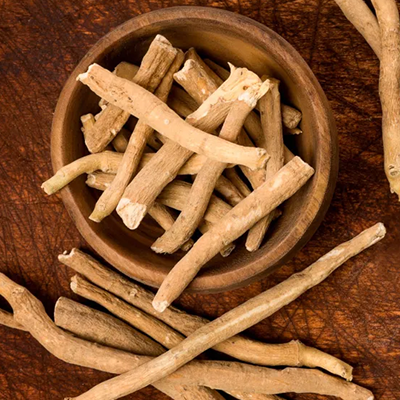
Known for its neuroprotective properties, it strengthens muscles and nerves and improves recovery.
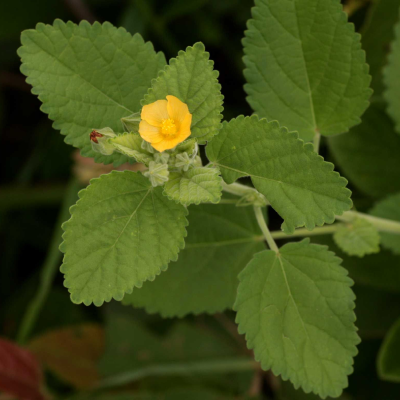
Helps nourish nerves, improve muscle tone, and support motor function.
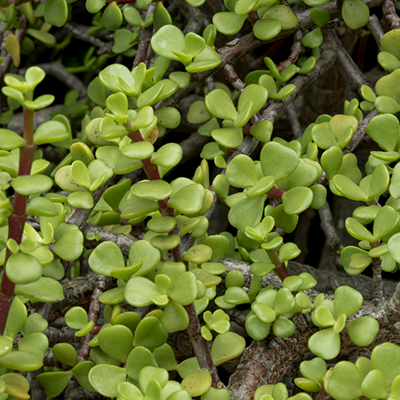
These herbs enhance cognitive function, improve memory, and reduce stress.
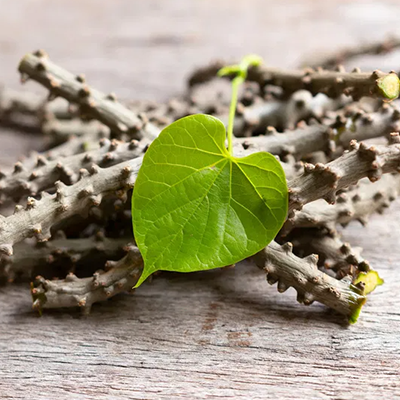
Known for its anti-inflammatory and rejuvenating effects, it supports immunity and general brain health.
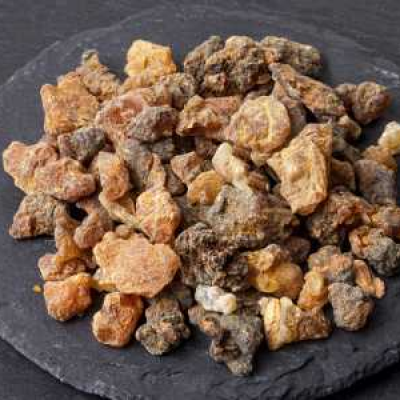
Used to improve circulation and reduce inflammation.
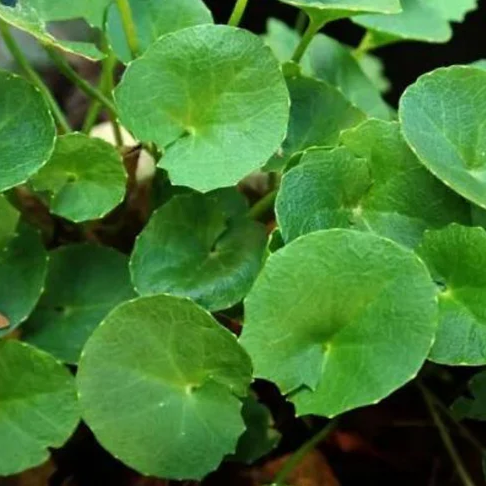
Ayurvedic medicines like Brahmi Ghrita, Saraswatarishta, and Chyawanprash support brain function and memory and provide rejuvenation.
